

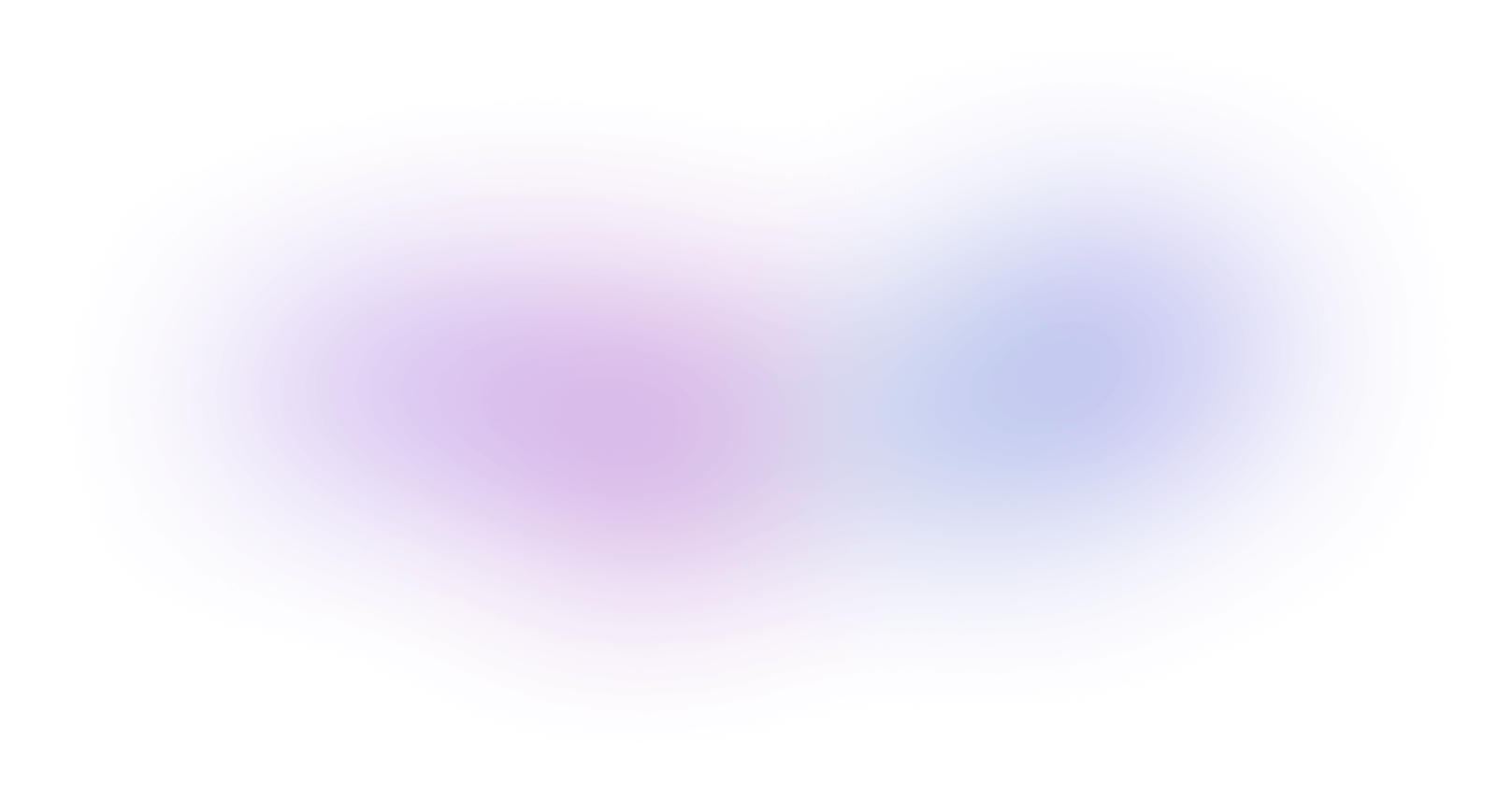
Setting up or scaling an in-house software engineering operation can be costly and timeconsuming, especially when it's not a core part of your business. The challenge becomes even harder when you try to keep up with new development techniques, environments, platforms and technology.
We have the talent, processes, labs and global delivery model to make your software research and development world class. You benefit from our streamlined operations, decades of investment and technological know-how, to get Software R&D as a Service that is scaled and configured to your needs.
The initial – and most important – stage for any development project is research. At our firm, research constitutes about 80% of all development processes; the other 20% is divided among the remaining four tactics.
Before any technical research is done, we start by researching the human element. We seek to understand the client’s expectations and motivations in order to create the experience your product must deliver. Success should include a sustainable solution from the client’s perspective.
Once client expectations are established, we evaluate the technology that's required to fulfill these needs and determine the software-enabled solution that the business is attempting to create.
During ideation, developers get their ideas churning. Some are new or revolutionary, and others may simply be improvements on existing solutions. Regardless, the creative team continues to analyze the ideas and combine them to create a solution that satisfies the customer’s needs and expectations.
During this process, various needs may surface which the customer never knew existed - establishing these unmet needs also adds value, so time spent hashing out ideas is well spent.
Although there may be many seemingly ridiculous ideas thrown out, there is usually a gem or two waiting to be discovered, or at the very least, some improvements on existing design.
When all ideas have been selected, the front-end design process begins. Our main approach to design is using the information architecture process. First, we create low-fidelity prototypes. These are rough concepts early in the process that we use to test the various structures and workflows of the solution.
Once the final low-fidelity mockup is determined, the visual, interaction and User Interface (UI) designers further tweak the idea for a high-fidelity prototype that will display how the solution will appear and perform.
Once these behaviors are studied, the next step is to create an interactive User Experience (UX) prototype for testing
With the design process complete, we proceed to development of an MVP that serves as the base for evaluation of pros and cons, core functionality, and abilities to improve the product in the future.
The development process involves studying the data and behaviors found during the design process, and producing a model of the database.
This includes selecting the most optimal server-side language. For us, we experiment with different languages, generally sticking with the simplest ones, which we think assists in a cleaner overall product.
Once the product is developed and launched with client approval, an iterative cycle of testing begins. This iteration process exists in all of the above stages, but it’s most imperative following the product launch.
While gathering post-launch analytics of performance, we also revisit the business’ needs and ensure that the solution is meeting the client’s expectations. We highly recommend this process, as it can create lifelong clients.
Once we have all knowledge in hand, we can continue to work with clients to further refine their products and create additional solutions that improve the overall user experience.
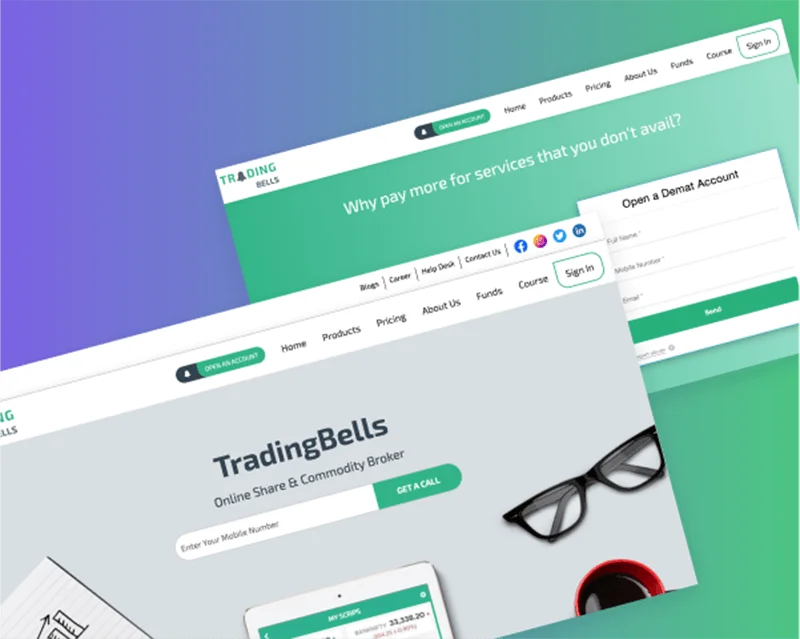
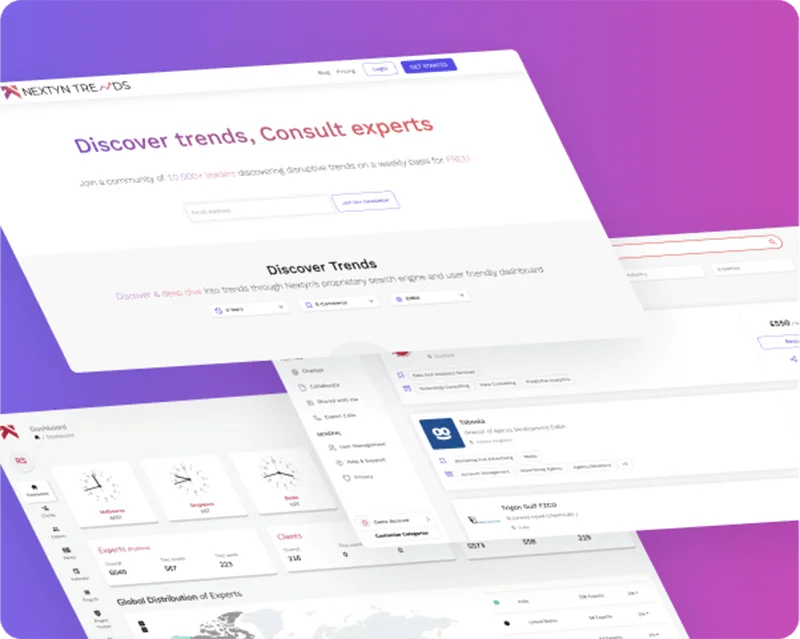
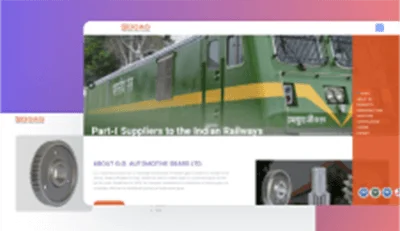

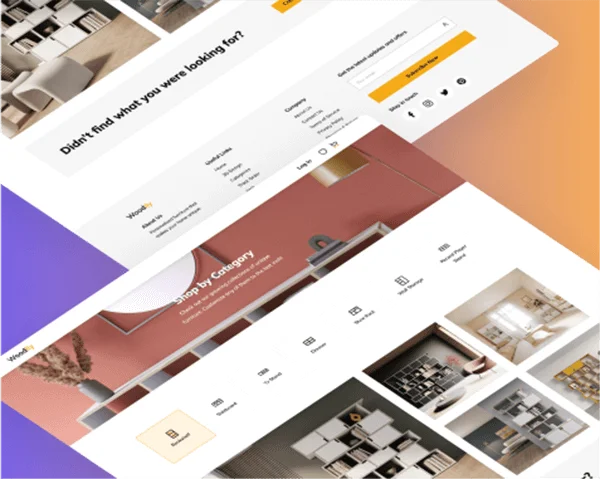
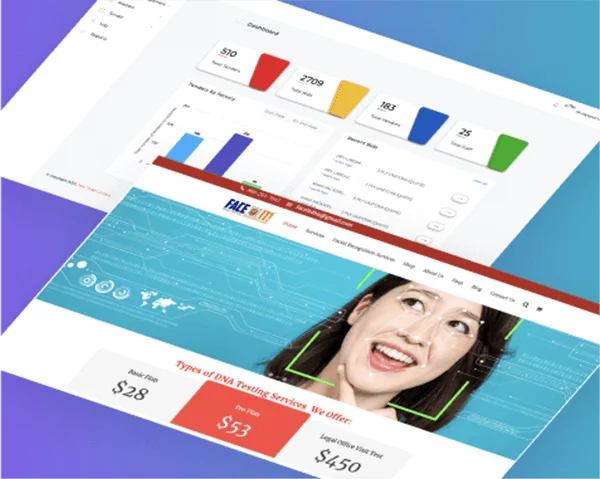

For cooperation not related to the services we provide, contact us at [email protected].

Get Started Today.
Let’s discuss your ideas. We will send you an NDA before we talk.
 All
the information is kept confidential.
All
the information is kept confidential.














